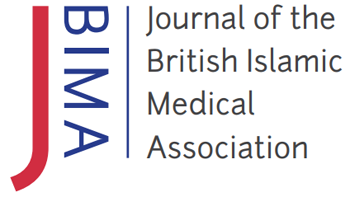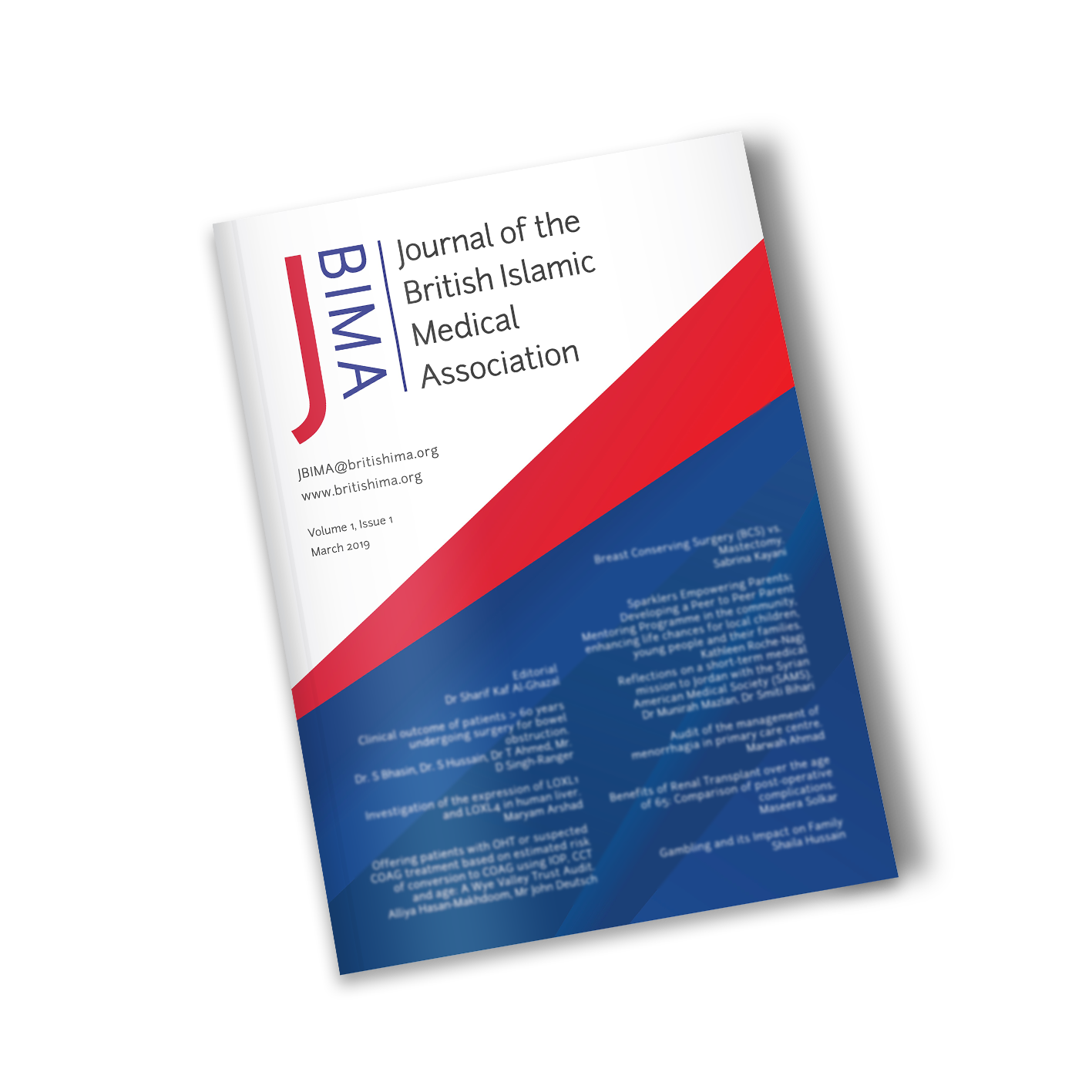
Abstract
The evolution of gauze from an ancient fabric to a modern medical staple highlights its critical role in wound care. Originating in Gaza, its application extended beyond medical to cultural and religious significance. This article examines the shift from natural remedies to medical gauze, revolutionizing standard wound treatment and infection control. By exploring gauze’s advancements, including impregnated materials for improved care, this article fills a research gap on its historical and technological evolution. Contributing to the medical field by underscoring gauze’s significance in enhancing healing processes and patient care, emphasizing the need for ongoing innovation in wound management.
Exploring the Origin of ‘Gauze’
Gauze, a widely utilized fabric especially prominent in
the medical field, has an etymology deeply connected to
the city of Gaza in Palestine. (1) The term “gauze” likely
stems from the Arabic word “qazz,” meaning “silk,” and
from the Persian word “kaz,” which translates to “raw
silk”. (1) These terms link back to Gaza, historically
recognized for its thriving textile industry situated along
the Palestinian coast. (1, 2) Gaza has been continuously
inhabited for more than three millennia, evidencing its
long and storied past. (2) Its strategic position on the Via
Maris, an ancient trade route connecting Egypt with the
Levant, established it as a critical centre for commerce
and cultural exchange. (2) This location facilitated the
dissemination of various goods, including textiles, which
were integral to Gaza’s economic and historical
prominence. (1, 3)
Beyond its commercial importance, Gaza was significant
during various historical epochs, including the Philistine
era and throughout the Hellenistic, Roman, and Ottoman
periods (4) Each of these eras contributed to the city’s
complex cultural and social dynamics (2). The textile
industry in Gaza, renowned for producing exquisite silk
garments, played a vital role in the Mediterranean trade
networks (2, 4). The evolution of gauze from a luxury
fabric to a medical essential is also noteworthy.
Originally used in clothing and decorations, gauze
became indispensable in medicine due to its lightweight
and breathable properties, ideal for dressing wounds and
aiding in infection prevention (2).
Its medical application was notably advanced by figures
such as Dominique Jean Larrey, a surgeon in Napoleon’s
army, who promoted its use in surgical settings (2)
Gauze Beyond Medicine: Exploring Its Diverse
Applications Through History
Gauze initially gained prominence for its role in wound
care but also found extensive use in non-medical
domains throughout history (1). Ancient civilizations,
such as the Egyptians, primarily utilized gauze-like
materials in religious ceremonies and rituals due to their
symbolic significance and association with purity (2).
During the Byzantine period, gauze played a crucial role
in religious practices, particularly within the Christian
Church, where it was employed as altar coverings,
vestments, and ceremonial drapery, symbolizing sanctity,
and divine presence (3). The translucent and lightweight
nature of gauze made it ideal for creating an ethereal
atmosphere during religious ceremonies.
Gauze’s application in religious contexts extended
beyond Christianity, as evidenced by its use in Judaism
for covering Torah scrolls and ceremonial objects,
reflecting its universal symbolism of reverence and
sanctity (4). This cross-cultural adoption of gauze
highlights its intrinsic value as a symbol of spiritual
connection and cultural significance.
Apart from religious applications, gauze found use in
various secular settings, including the arts and fashion.
During the Renaissance period, artists utilized gauze as a
canvas for delicate paintings and tapestries, showcasing
its aesthetic appeal and versatility in artistic endeavours
(5). Additionally, gauze fabrics were favoured by fashion
designers for their lightweight and breathable qualities,
contributing to the creation of elegant and ethereal
garments (5, 6).
Routes and Barriers: Trade Dynamics of Gauze
Distribution
In the European Middle Ages, the pursuit of gauze – a
fabric both delicate and sought after – illustrated the
complexities of trade and the thirst for medical
advancement. Originating from regions famed for textile
craftsmanship, gauze became a symbol of luxury and a
necessity for medical care, despite significant barriers
posed by geopolitical and religious constraints (7)
Control of Mediterranean trade routes by Muslim traders
from the 8th century significantly hampered European
trade, with religious and political conflicts further
complicating the importation of goods like gauze (8).
However, the demand for gauze, fuelled by its medical
applications and luxury status, spurred the development of covert trade networks, ensuring its flow from the
Islamic world to Europe (7)
The clandestine nature of gauze trade, necessitated by
legal and logistical challenges, highlights the lengths to
which merchants would go to secure this valuable fabric
(7). This period also saw innovations in gauze, including
antimicrobial infusions aimed at enhancing wound care,
demonstrating the fabric’s enduring relevance in medical
practice (8)
Gauze’s Evolution: From Concept to Medical Staple
Joseph Lister, a pioneer in antiseptic surgery, played a
pivotal role in advancing the use of gauze in medical
practice (5)(6). Emphasizing the importance of using
sterilized gauze for dressing wounds to mitigate infection
risks and improve patient outcomes (5). Lister’s
contributions marked a significant turning point in the
history of wound care, highlighting the critical role of
gauze in maintaining a sterile surgical environment and
preventing postoperative infections.
Gauze is sterilized through various methods, including
autoclaving, gamma irradiation, and ethylene oxide gas
sterilization, to eliminate microorganisms and ensure its
safety for medical use (5)(10). Sterilization is essential to
prevent infections and maintain aseptic conditions during
surgical procedures, minimizing the risk of
contamination and promoting optimal wound healing
The use of sterile gauze is a fundamental aspect of
modern wound care protocols, emphasizing the
importance of infection control measures in healthcare
settings (5)(10). By adhering to stringent sterilization
procedures, healthcare providers can uphold the highest
standards of patient safety and ensure the efficacy of
gauze in medical practice.
Gauze, with its absorbent and flexible properties,
emerged as a preferred material for wound dressing
(5)(10). Its open weave structure facilitates air circulation
and fluid absorption, creating an optimal environment for
wound healing. Moreover, gauze can be easily sterilized,
making it suitable for maintaining aseptic conditions
during surgical interventions (5)(10). These
characteristics make gauze indispensable in medical
settings, contributing to improved patient outcomes and
enhanced infection control measures. Throughout
history, gauze surpassed previous wound care methods
due to its effectiveness and versatility (5)(9). Unlike
primitive practices that relied on natural substances like
honey and herbs, gauze offered a standardized approach
to wound management, ensuring consistent and reliable results. The Greeks and Egyptians, while pioneering
early wound care techniques, lacked the scientific
foundation to understand germ-related infections fully.
The introduction of gauze represented a significant
advancement, providing a sterile and absorbent material
for dressing wounds, thereby reducing infection risks,
and promoting faster healing (5)(9).
Exploring Gauze Varieties: Woven vs. non-woven
Within the realm of wound care, gauze manifests in two
primary varieties: woven and non-woven, each with
distinct characteristics and applications (9). Woven
gauze, traditionally crafted from cotton or silk, features
structured weave pattern, providing durability and
versatility in medical settings (10). Its open-weave design
facilitates fluid absorption and air circulation, making it
ideal for wound dressings and surgical procedures (9). In
contrast, non-woven gauze comprises synthetic fibres
bonded together through heat, chemicals, or mechanical
processes, offering enhanced absorbency and reduced
linting compared to woven counterparts (10). The choice
between woven and non-woven gauze depends on
various factors, including the specific requirements of the
clinical setting and patient needs (9). While woven gauze
remains a staple in traditional wound care practices, non
woven alternatives have gained popularity due to their
superior absorbent properties and reduced risk of lint
contamination (10). Healthcare professionals must
consider these factors when selecting the most
appropriate gauze type to optimize patient outcomes and
ensure effective wound management (9).
Advancements Ahead: The Future Landscape of
Gauze
Gauze, a cornerstone in wound care throughout history,
is poised for transformative advancements driven by
modern technology and medical science (9)(10). Furthermore
Emerging impregnated gauzes, incorporating innovative
substances like hydrogels and alginates, are
revolutionizing wound management by optimizing
moisture regulation and enhancing bacterial barrier
properties, thereby creating an ideal milieu for
accelerated healing (9)(10). These advancements,
supported by research elucidating the evolution of gauze
in wound care (9), promise enhanced functionality and
efficacy in addressing complex wound healing
challenges. Studies have demonstrated that these modern
gauze formulations not only maintain optimal wound
hydration but also facilitate autolytic debridement and
facilitate the controlled delivery of antimicrobial agents,
expediting the healing process (9)(10).
integration of bioactive compounds, such as
nanoparticles and growth factors, into gauze materials
has shown promising results in stimulating cellular
activities essential for tissue repair, thus augmenting
wound healing efficacy (9)(10). These advancements
represent a significant leap forward in wound care
technology, with implications for improved patient
outcomes and enhanced healthcare delivery (10).
The future direction of wound care with gauze is
characterized by a paradigm shift towards personalized
and technologically driven approaches (9)(10). Smart
gauzes equipped with embedded sensors are emerging as
invaluable tools for real-time monitoring of wound
conditions, enabling timely interventions, and optimizing
healing outcomes (9)(10). Ongoing research endeavours
aim to further augment gauze functionality through the
integration of advanced biomaterials and smart
technologies, with the goal of revolutionizing wound care
management and enhancing patient quality of life (9)(10)
References
- Rouging A. Gauze: Origin of the Word. J Am Coll
Surg. 2021;232(1):102-108. - Steinberg A. Weaving in Stones: Garments and Their
Accessories in the Mosaic Art of Eretz Israel in Late
Antiquity. Archaeopress. 2020.
https://doi.org/10.2307/j.ctvxrq1mq - Amaratunga C, O’Sullivan T. “In gauze we trust”
Lessons learned from a gendered profession during
Severe Acute Respiratory Syndrome. Prehospital and
Disaster Medicine. 2009;24(2):s130- - Frangié-Joly D. Perfumes, Aromatics, and Purple
Dye: Phoenician Trade and Production in the Greco
Roman Period. Journal of Eastern Mediterranean
Archaeology & Heritage Studies. 2016;4(1):36
https://doi.org/10.5325/jeasmedarcherstu - Broughton G, 2nd, Janis JE, Attinger CE. A brief
history of wound care. PlastReconstr Surg.
2006;117(7 Suppl):6S - Gurtner GC, Werner S, Barrandon Y, Longaker MT.
Wound repair and regeneration. Nature.
2008;453(7193):314–321.
https://doi.org/10.1038/nature07039 - Okumura, S. (2020). The Hidden Story of the Quilted
Cover in the Benaki Museum Collection. In
Stories/Human Lives: Proceedings of the Textile
Society of America 17th Biennial Symposium
October 15-17, 2020 - Ballian, A. (2018). From Genoa to Constantinople:
The Silk Industry of Chios. In S. Babaie& M. Gibson (Eds.), The Mercantile Effect: On Art and Exchange
in the Islamicate World During 17th and 18th
Centuries (pp. 87-101). London: Gingko Library. - Jones VJ. The use of gauze: will
Wound J. 2006;3(1):61-67 - Smith AB, Smith AA. Advancements in wound care
technology: implications for medical practice. J Med
Devices. 2018;12(4):041005.

